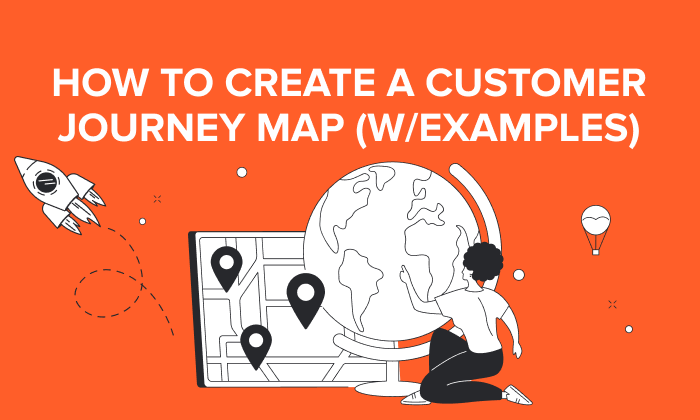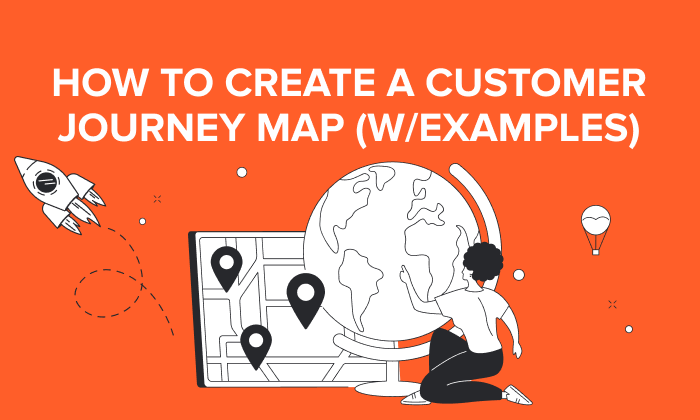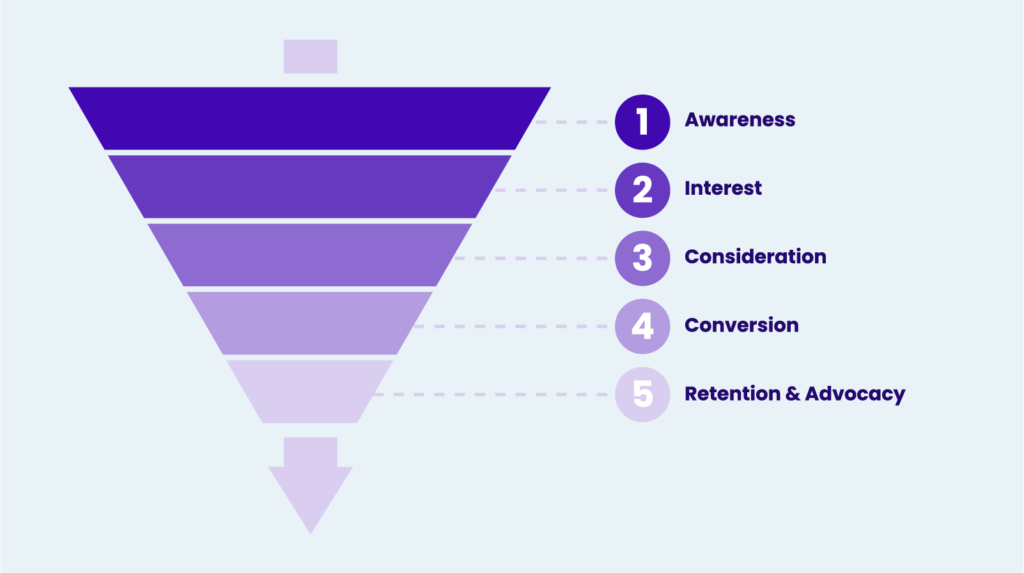How to Create a Customer Journey Map (w/Examples)

By Neil Patel
Creating a customer journey map is enough to make even the best marketers freeze in their tracks and realize how little they really know about their prospects.
If this sounds like you, don’t worry.
Even if you’ve never created a buyer persona before, I’ll help you make sense of the process by giving you a guide to better understand who your customers are and what they want.
Let’s take a closer look.
What Is A Customer Journey Map?
A customer journey map is a diagram that illustrates each step in the buyer’s journey, including who the customer is, what their needs are, and what objections they may have.
This map makes it easier for sales, marketing, and executive teams to make more informed decisions while humanizing your audience and making them easier to target.
The first step in a customer journey map is the core demographics, such as:
- Gender
- Age range
- Job title
- Job responsibilities
- Salary
- Region
- Company size
You’ll likely find most of this data in your CRM. If not, a survey can give you a clear picture of who your audience is and what they do.
I recommend “humanizing” the persona by giving them a name and image. This brings out more of our emotional, empathetic side versus looking at the potential customer as a number to slot somewhere in a sales funnel.
Different Stages of the Customer Journey
When mapping out the customer journey, there are different stages that businesses need to be aware of. By understanding these stages, companies can create a more seamless and effective map that leads to conversions and customer satisfaction.
Let’s take a look:
Awareness Stage
The customer journey map begins with awareness, which means when the prospect becomes aware of your product or service.
They may see an ad, read an article online, or hear about your business from a friend at this stage.
Comparison Stage
This is when customers look at the various options and compare them side by side. Typically, they look at features, prices, and reviews to decide which product is right for them.
The comparison phase is crucial because it’s where customers make their final decision. If you can influence them during this part, you can increase your chances of making a sale.
Decision Stage
The decision stage is the final stage of the customer journey map when the customer either makes or does not make a purchase. Many factors, such as price, product quality, and customer service, influence the decision stage.
Now that you have the basics, let’s see what this looks like in practice.
Customer Journey Map Example
For our customer journey example below, we’ve chosen to work with Lucy, a marketing director in her late 40s.
Her job primarily entails lead generation, sales management, and gathering competitive intelligence.
She organizes and prioritizes campaigns; she’s a pro at gathering competitive intelligence and uses it wisely to reinforce the brand while cementing customer loyalty in a highly competitive marketplace.
Due to the increase in popularity of …read more
Source:: Kiss Metrics Blog










